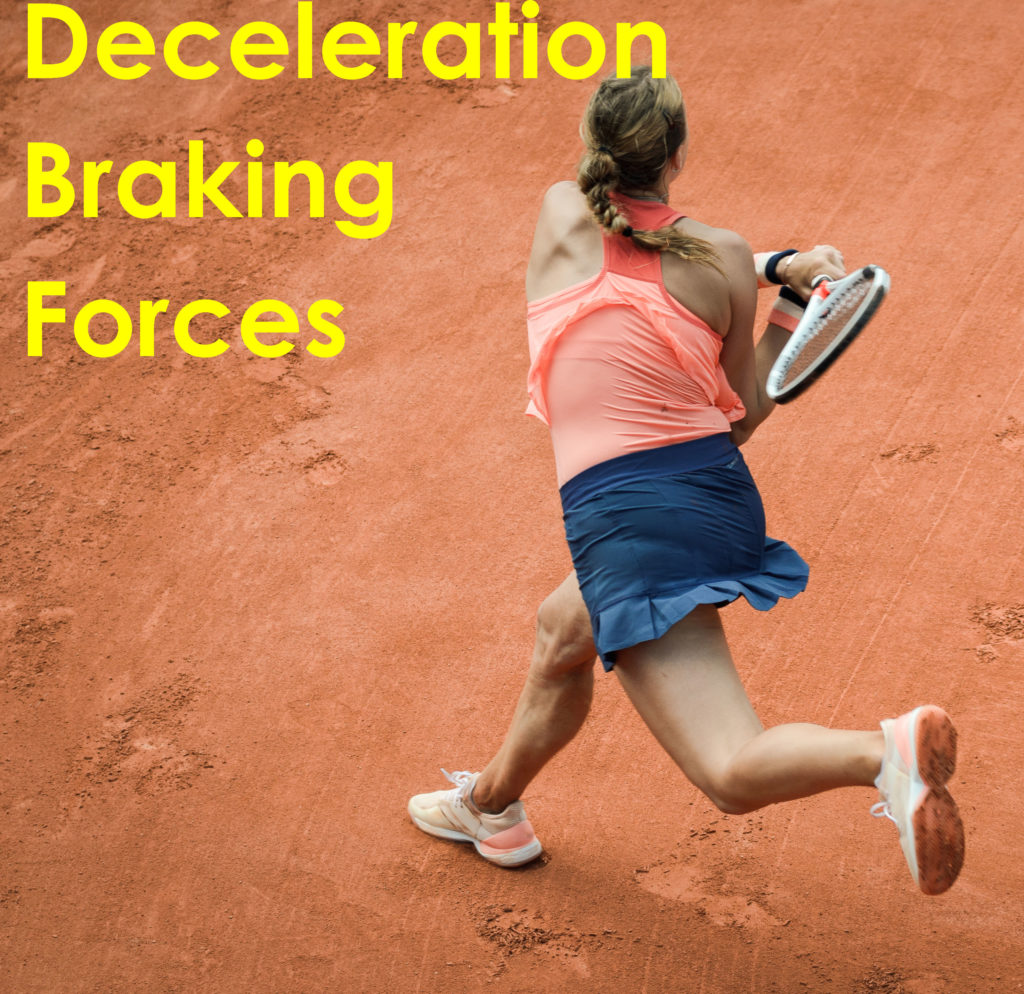Posts Tagged ‘Plantar Heel Pain’
Musculoskeletal pain which are important steps which are less important?
Thesis: Choosing a diagnosis is an early step in solving non-traumatic muscle and bone pain problems. A diagnosis helps guide treatment, predict how problems will progress, and improve communication. A diagnosis has many functions, including direction for intervention to solve problems, predicting how problems will progress, and assisting in communication. Antithesis: Medical terminology is notoriously…
Read MoreSteps to manage first step pain
A definitive symptom of plantar heel pain is “first-step pain” First-step pain is felt on the first step out of bed in the morning or after other periods of inactivity such as sitting in meetings or long car drives. The following are simple steps to manage the 1st step pain: Purposeful pandiculation for pain plantar…
Read MoreMuscle “stretch weakness” – How does the length of a muscle affect its ability to generate force/tension?
As a muscle contracts and shortens it can generate a greater amount of force/tension. However, as the length of the muscle becomes shortened or slack or lengthened or too long the muscle loses its ability to generate tension/force. The relationship between muscle length relative to a muscle’s ability to generate tension/force follows the Goldilocks principle.…
Read MorePlantar fasciitis v tendinopathy words matter – stretching exercises are overrated
Why is the plantar region the only region of the body where the terminology of fasciitis is used? Fascial tissue is present throughout the body including the ankle, knee, hip, back, and abdominal regions of the body. Yet, we do not use the term knee fasciitis or back lumbar fasciitis. We know that stretching exercises…
Read MoreSensory preference & learning optimal movement
There are many cognitive strategies to cue, prompt, and provide feedback to improve movement. Theory of focus of attention The dominant theory proposed by Gabriele Wulf and colleagues is providing cueing, prompting, or feedback to facilitate learning to move in a more optimal way is using an external focus of attention is more effective and…
Read MoreOptimizing human movement requires clarity of description of movement
To know where you are going you must first know where you are. To optimize human movement, analysis of human movement is required. To identify optimal human movement clear qualitative and quantitative descriptions are needed. When describing human movement confusion occurs when we fail to clearly identify a frame of reference and reference point. A…
Read MoreAdding observation of deceleration forces to diagnosis & treatment of movement system impairment syndromes & musculoskeletal pain syndromes
Shirley Sahrmann and colleagues share an elegant clinical reasoning process model to diagnose and treat musculoskeletal pain syndromes and movement system problems. The movement system is physiological organ systems that interact to produce movement of the body and its parts. The basis is alignment in a deviant position and repeated deviant movements in a…
Read More






